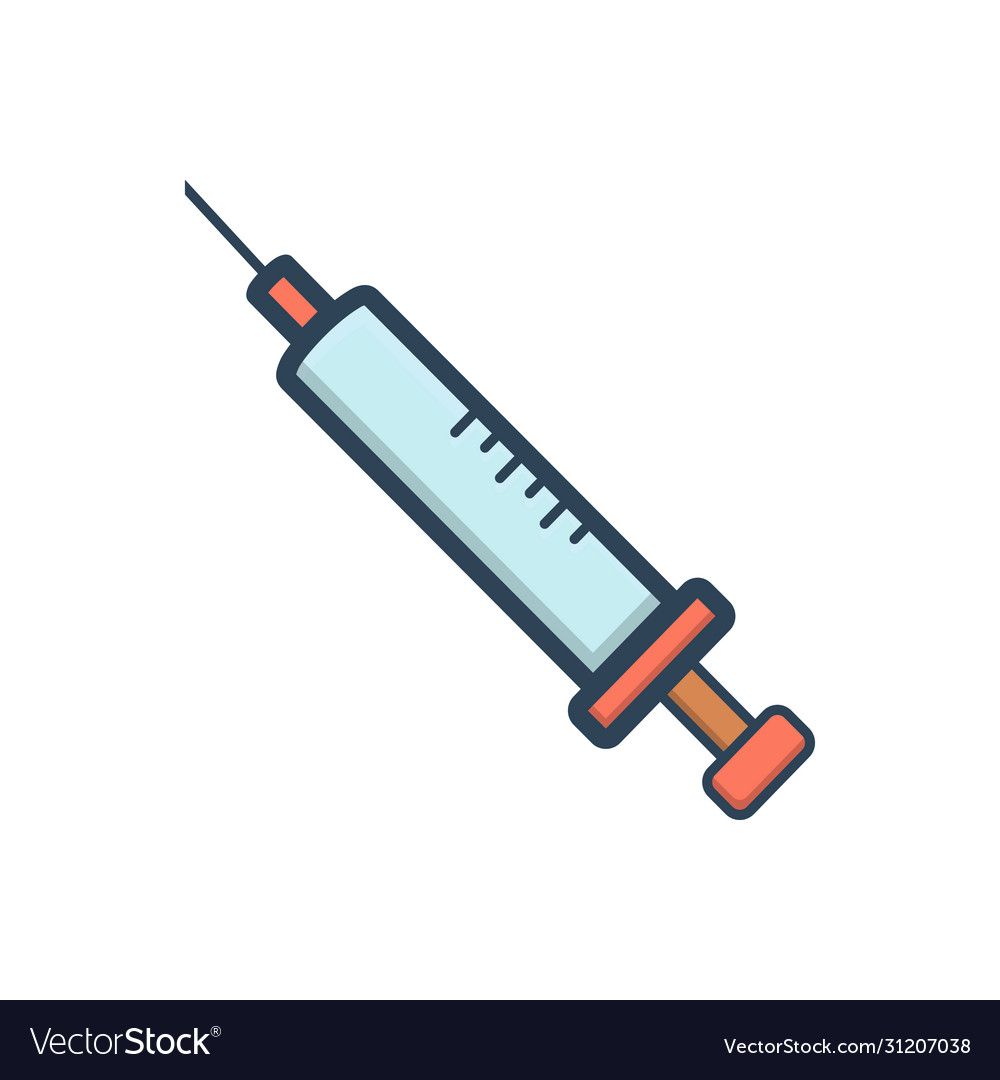Loratadine + Pseudoephedrine
Indications
Loratadine & Pseudoephedrine tablet is indicated for the relief of symptoms of seasonal and perennial allergic rhinitis, temporarily relieves runny nose, sneezing, itching, watery eyes, nasal congestion, itching of the nose or throat due to allergic rhinitis or other upper respiratory allergies, symptoms of common cold, nasal congestion & sinus pressure associated with sinusitis.
Pharmacology
Loratadine is a non-sedative histamine H1-receptor antagonist with anti-allergic properties. Loratadine is a long acting tricyclic anti-histamine with selective peripheral H1-receptor antagonistic activity and no central sedative or anti-cholinergic effect.
Pseudoephedrine is an orally active sympathomimetic amine and exerts a decongestant action on the nasal mucosa. This is recognized as an effective agent for the relief of nasal congestion due to allergic rhinitis. It has nasal and bronchial decongestant activity.
Pseudoephedrine is both an α-and β-adrenergic receptor agonist. It causes vasoconstriction via direct stimulation of α-adrenergic receptors of the respiratory mucosa. It also directly stimulates β-adrenergic receptors causing bronchial relaxation, increased heart rate and contractility.
Dosage And Administration
Adults and Children 12 years of age and over:
- Loratadine 5 mg and Pseudoephedrine 120 mg: One tablet twice a day (every 12 hours).
- Loratadine 10 mg and Pseudoephedrine 240 mg: One tablet once daily.
Safety and effectiveness of this drug in children below the age of 12 years have not been established.
Administration
Loratadine & Pseudoephedrine tablet should be administered when both the antihistaminic properties of Loratadine and the nasal decongestant activity of Pseudoephedrine Sulfate are desired in patients 12 years of age and older.
Interaction
No specific interaction studies have been conducted with loratadine and pseudoephedrine sulfate extended release tablets. However, loratadine (10 mg once daily) has been safely coadministered with therapeutic doses of erythromycin, cimetidine, and Ketoconazole in controlled clinical pharmacology studies.
Loratadine and pseudoephedrine sulfate combination tablet is contraindicated in patients taking monoamine oxidase inhibitors and for 2 weeks after stopping use of an MAO inhibitor. The antihypertensive effects of beta- adrenergic blocking agents, methyldopa, reserpine and veratrum alkaloids may be reduced by sympathomimetics. Increased ectopic pacemaker activity can occur when Pseudoephedrine is used concomitantly with digitalis.
Contraindications
Loratadine & Pseudoephedrine tablet is contraindicated in patients who are hypersensitive to this medication or any of its ingredients. It is also contraindicated in patients with narrow-angle glaucoma or urinary retention, and in patients receiving monoamine oxidase (MAO) inhibitor therapy or within fourteen (14) days of stopping such treatment. It is also contraindicated in patients with severe hypertension, severe coronary artery disease, and in those who have shown hypersensitivity to its components, to adrenergic agents, or to other drugs of similar chemical structures.
Side Effects
In general loratadine and pseudoephedrine sulfate combination tablet is well tolerated. Clinical trial suggests a very low rate of adverse effects associated with its administration. Among the very few adverse effects, commonly reported are difficulty in sleeping, dry mouth, mild stomach upset, headache, nervousness, dizziness and loss of appetite or thirst. These effects subside as the body adjusts to this medication.
Pregnancy And Lactation
Pregnancy Category B. There was no evidence of animal teratogenicity in reproduction studies. Loratadine and pseudoephedrine sulfate combination tablet should be used during pregnancy only if clearly needed.
Lactation: It is not known if this combination product is excreted in human milk. However, both loratadine and pseudoephedrine sulfate when administered alone passes into breast milk, therefore, a decision should be made whether to discontinue lactation or to discontinue loratadine and pseudoephedrine sulfate combination tablet, taking into account the importance of the drug to the mother.
Precautions And Warnings
Loratadine and pseudoephedrine sulfate combination tablet should be used with caution in patients with hypertension, diabetes mellitus, ischemic heart disease, increased intraocular pressure, hyperthyroidism, renal impairment or prostatic hypertrophy. Central nervous system stimulation with convulsions or cardiovascular collapse with accompanying hypotension may be produced by sympathomimetic amines.
Overdose Effects
In the event of overdosage, general symptomatic and supportive, measures should be instituted promptly and maintained for as long as necessary. Treatment of overdosage would reasonably consist of emesis (ipecac syrup), except in patients with impaired consciousness, followed by the administration of activated charcoal to absorb any remaining drug. If vomiting is unsuccessful, or contraindicated, gastric lavage should be performed with normal saline. Saline cathartics may also be of value for rapid dilution of bowel contents.
Therapeutic Class
Anti-histamine & decongestant.
Use in special populations
Use in patients Approximately 60 years age and older: The safety and efficacy in patients greater than 60 years old have not been investigated in placebo-controlled clinical trials. The elderly are more likely to have adverse reactions to sympathomimetic amines.
Use in children: Safety and effectiveness in children below the age of 12 years have not been established.
Storage Conditions
Store at a cool and dry place, away from light. Keep out of the reach of children.

